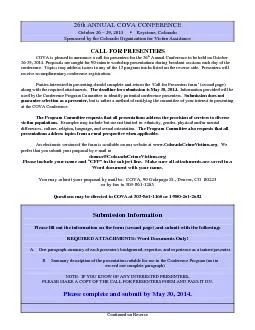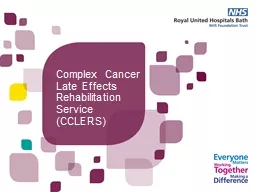PPT-Late presenters and
Author : marina-yarberry | Published Date : 2016-06-09
opportunistic infections Jane Bruton Clinical Research Nurse Imperial College Definitions Late presentation Person presenting for care with a CD4 lt 350mm3 cells
Presentation Embed Code
Download Presentation
Download Presentation The PPT/PDF document "Late presenters and" is the property of its rightful owner. Permission is granted to download and print the materials on this website for personal, non-commercial use only, and to display it on your personal computer provided you do not modify the materials and that you retain all copyright notices contained in the materials. By downloading content from our website, you accept the terms of this agreement.
Late presenters and: Transcript
Download Rules Of Document
"Late presenters and"The content belongs to its owner. You may download and print it for personal use, without modification, and keep all copyright notices. By downloading, you agree to these terms.
Related Documents














